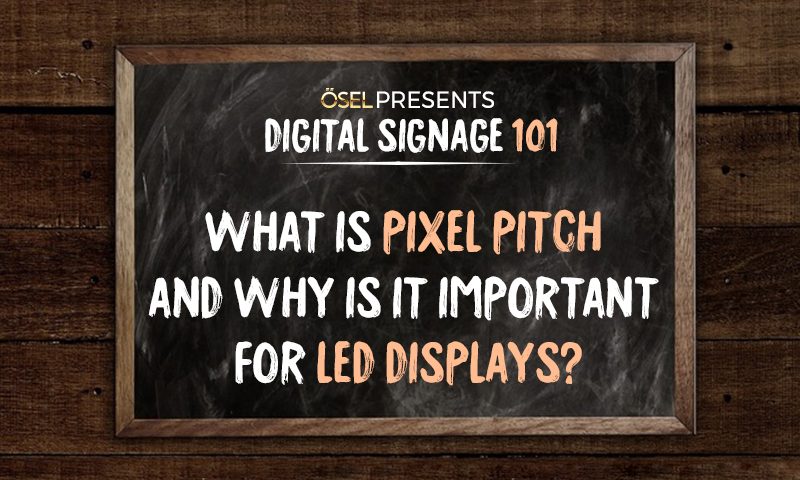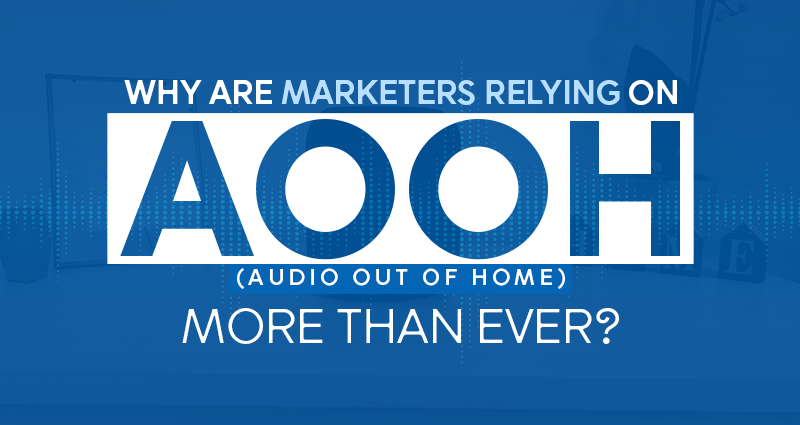
4 Reasons Why You Should Be Using Digital Displays For Wayfinding
May 16, 2018
Digital Signage at Airports: Think beyond FIDS
May 22, 2018Get your digital signage basics right. Read this post to learn all about pixels, pixel pitch, and its importance in the success of a digital signage program
If you are considering investing in digital signage, you must have come across the term ‘pixel pitch’ more than a few times during your research on the technology. But, what exactly is pixel pitch? How is it measured? And what role does it play in the success of a digital signage project? This post aims to answer all your unresolved queries about pixel pitch. Read on…
WHAT ARE PIXELS?
![]()
Digital signage panels are made up of a bunch of light-emitting diodes or LEDs spaced uniformly across a circuit board of module. These individual LEDs, known as pixels, are the smallest units on the display panel. One pixel is made up of a group of three LEDs – red, green, and blue. Each of these pixels can be controlled individually to emit different colors in varied intensities and create graphics, numbers, alphabets, videos, etc.
WHAT IS PIXEL PITCH?
![]()
Also known as ‘dot pitch’ or just plain ‘pitch’, pixel pitch refers to the distance between the various pixels placed on an LED display screen. It is measured in millimeters and represents the density of the pixel cluster on an LED display panel. Precisely, the pixel pitch is measured from the center of one LED to the center of the LED right next to it. In digital signage parlance, the pixel pitch is denoted by the letter ‘P’.
Since pixel pitch is defined by the empty space between the two LED units, lower the pixel pitch, more tightly would these units be packed together. So, a P2 LED display will have more light-emitting diodes than a P10 LED display.
WHY IS PIXEL PITCH IMPORTANT?
Pixel pitch is important for implementing successful digital signage programs because they influence the resolution of the display screen. More pixels placed together means higher resolution. If pixels are placed further apart, say, in a P16 outdoor LED display, the resolution will be lower. High resolution means the image will be clear to viewers even when viewed from close proximity. Whereas lower resolution means large LED display panels may look great from a distance, but if you move closer to them, they will become uncomfortable to view.
Here’s what you have learnt so far in a nutshell:
![]()
In our next post, we will discuss how you can choose the best pixel pitch for your outdoor LED display projects.
But since you’re here, why not hit the ‘Follow’ button below to stay abreast of the various uses and features of digital signage? If you know someone who would like this article, do scroll up and use our easy-share buttons to share this article on Facebook, Twitter, Pinterest, and LinkedIn.





